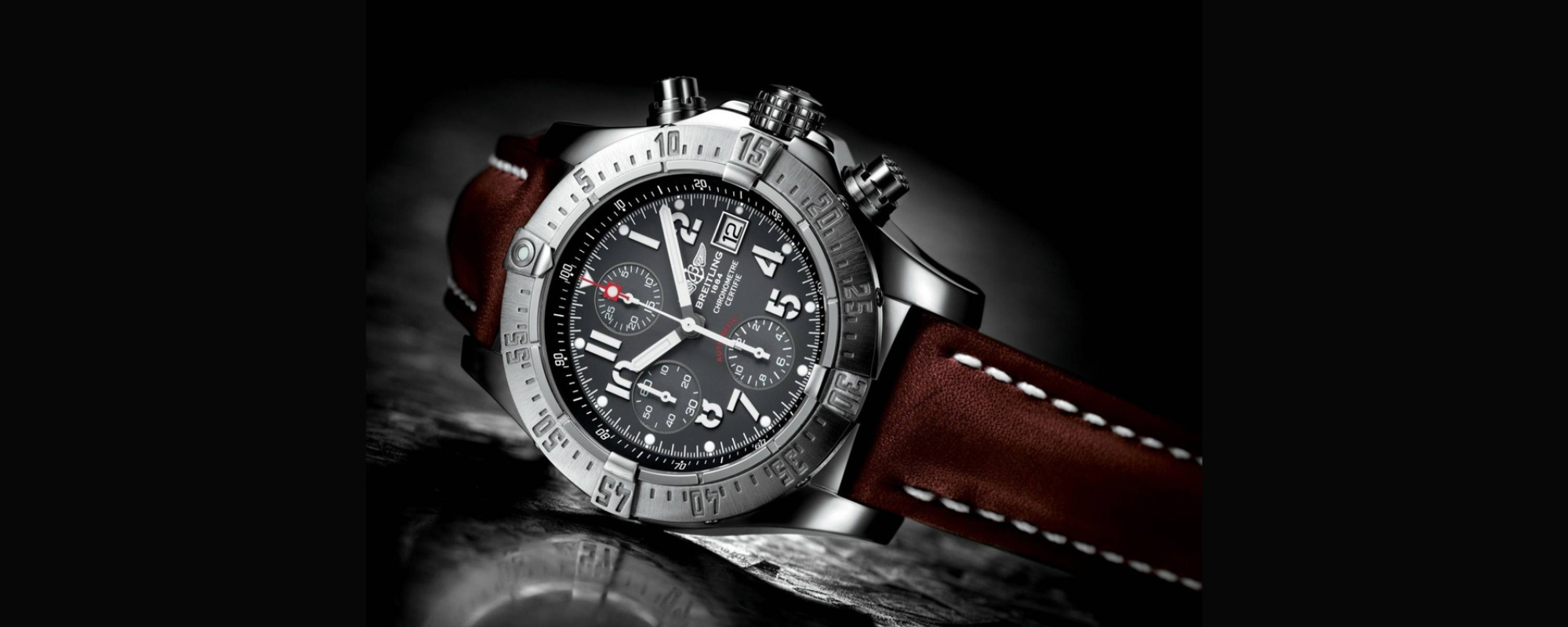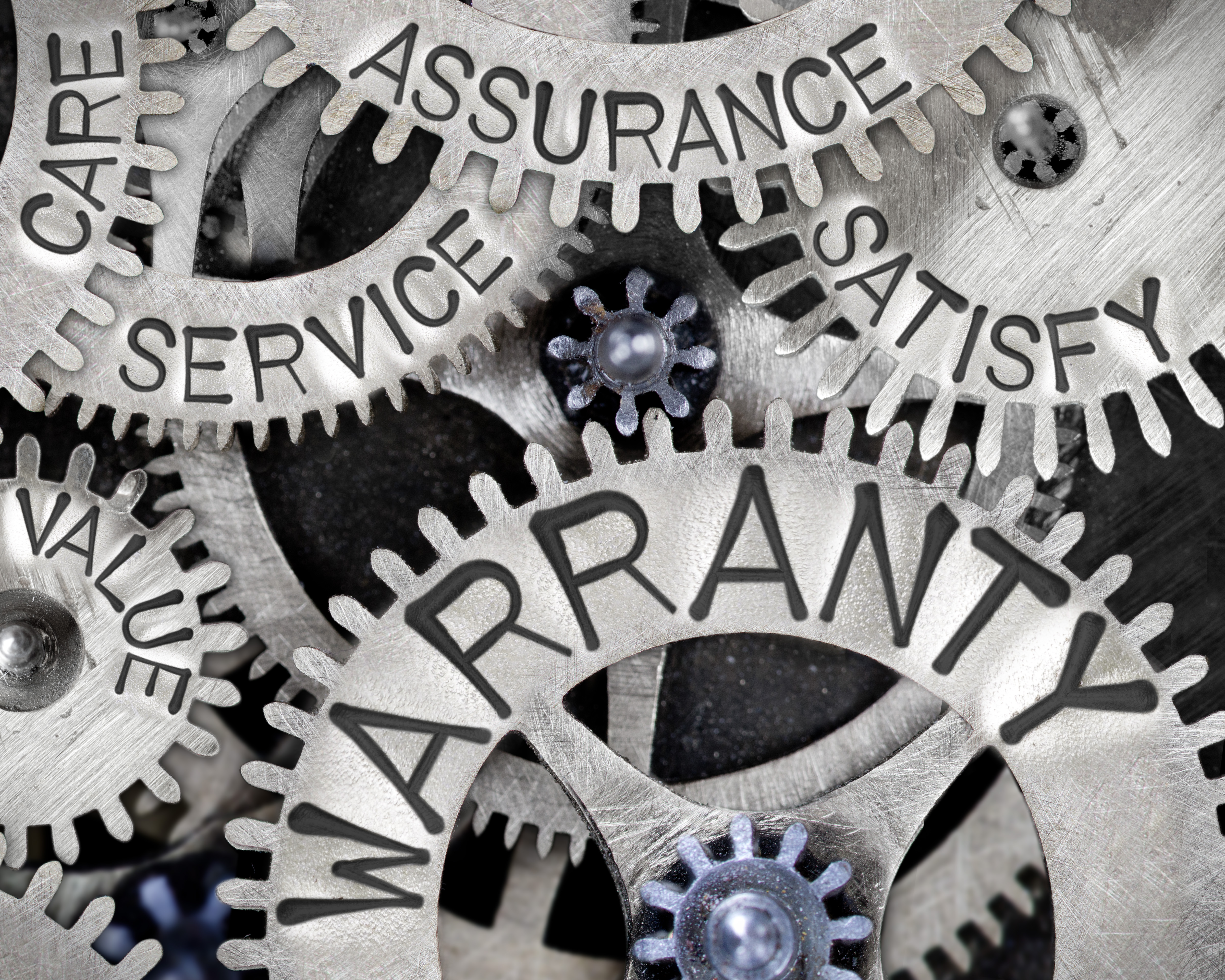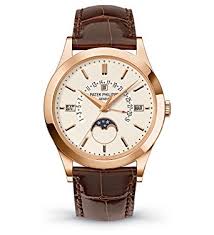In the city of Odesa, they'd say: "These are two very different things." And they’d be right. Though both terms belong to the world of horology, they represent fundamentally distinct concepts. The key distinction is this: any chronometer can be a chronograph, but not every chronograph is a chronometer.
True connoisseurs of Swiss watches know the difference. While the terms aren’t exactly opposites, they shouldn't be confused. In simple terms, a chronometer refers to a certified precision timepiece, while a chronograph is a functional complication. Let’s break it down.
🎯 Chronometer: The Pursuit of Precision
The chronometer's story begins in the 18th century, during the golden age of maritime exploration. Seafarers needed exceptionally accurate timekeeping that wouldn't be affected by rolling waves, shifting temperatures, or humidity.
In 1761, British watchmaker John Harrison unveiled an unprecedented marine device enclosed in a large wooden box. This timekeeper allowed sailors to calculate longitude with astonishing accuracy 🌊📍
📐 The method? Every 15 degrees of eastward travel added one hour to the local time, and every 15 degrees westward subtracted one hour. Combined with a sextant, sailors could pinpoint their exact location at sea.
🚂 Precision on the Rails
A tragic rail accident in the U.S. in 1891 prompted the demand for high-accuracy pocket watches to ensure railway safety. American engineer Webster Clay Ball answered the call, creating the first railway-approved pocket chronometer, eventually adapted into wristwatches.
The legacy lives on in the Swiss brand Ball Watch Company.
🧾 What Is a Chronometer Today?
Today, a chronometer is a watch certified for superior accuracy by an official body: COSC – Contrôle Officiel Suisse des Chronomètres. Without passing COSC testing, no timepiece can legally bear the name.
Each movement is tested individually over 15 days, in five positions and at three temperature levels.
✅ COSC Standards:
⏱ Mechanical movements: –4 to +6 seconds/day;
⌚ Quartz: deviation under ±0.07 seconds/day.
If the movement passes, it earns the prestigious Bulletin de Marche.
🏆 Why Chronometers Matter
Accuracy: Among the best in class;
Prestige: Synonymous with Swiss watchmaking excellence;
Price: Usually higher due to testing, but available across various ranges;
Innovation: Drives precision engineering and materials science forward.
🛰 Where Chronometers Are Critical
🏁 Olympic Games, Formula 1 — every fraction of a second counts;
🧑🚀 Space missions — for navigation and mission timing;
📡 Modern GPS systems — built on marine chronometer principles;
🔬 Scientific research — particle physics, chemistry, time-controlled processes.
A certified chronometer is the ideal watch for someone who needs complete control over time and values the science behind it.
⏱ Chronograph: The Time Tracker
Unlike the chronometer, the chronograph is not a measure of accuracy but rather a functional complication that works much like a stopwatch. It allows the user to start, stop, and reset timing intervals — without interfering with the regular timekeeping.
This makes it especially useful for timing events, workouts, experiments, or races.
🧠 History of the Chronograph
The first known chronograph was built in 1816 by Louis Moinet, designed for astronomical observations.
Later, in the 1820s, Nicolas Mathieu Rieussec created a refined version for King Louis XVIII, an enthusiast of horse racing, so he could measure finish times precisely.
The modern chronograph came into its own in the early 20th century thanks to Gaston Breitling, who equipped it with a push-button stopwatch function. This made its operation intuitive and set the standard for chronographs ever since.
🔧 Types of Chronographs
Classic chronograph: Two pushers — one to start/stop, the other to reset;
Split-second (rattrapante): Tracks two simultaneous events via a second hand;
Flyback chronograph: With one button press, it resets and immediately starts timing again.
⚠️ Common Misuses to Avoid
❌ Don't press the reset button while the chronograph is running;
❌ Avoid pressing both buttons at once;
💦 Don’t operate chronograph pushers underwater, unless it’s specially rated — moisture may enter the case.
🧘♂️ Who Needs a Chronograph?
Ideal for:
🏋️ Coaches and athletes;
✈️ Pilots and air crews;
🌊 Divers;
🚴♂️ Adventurers and men with an active lifestyle.
It’s not just a tool — it’s a statement of control, capability, and elegance.



